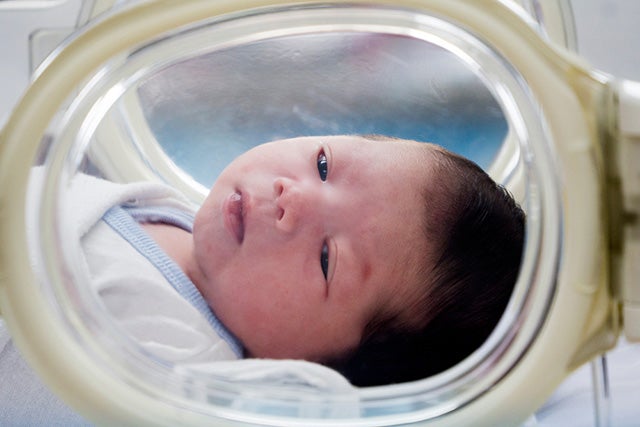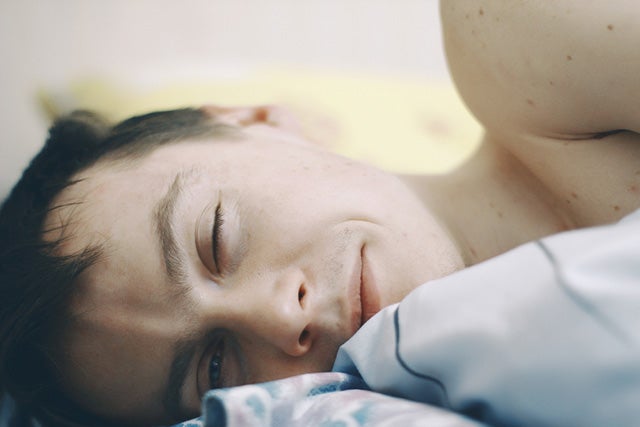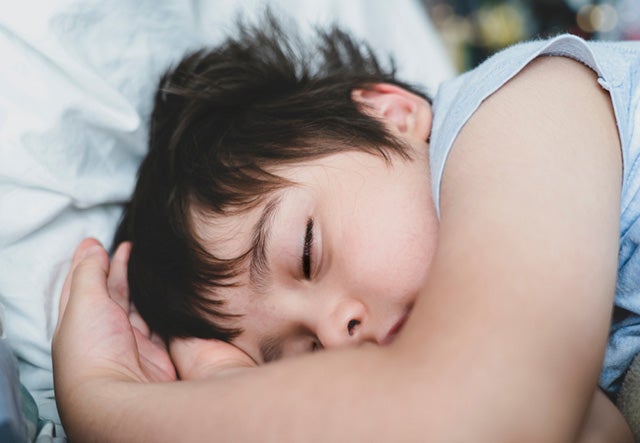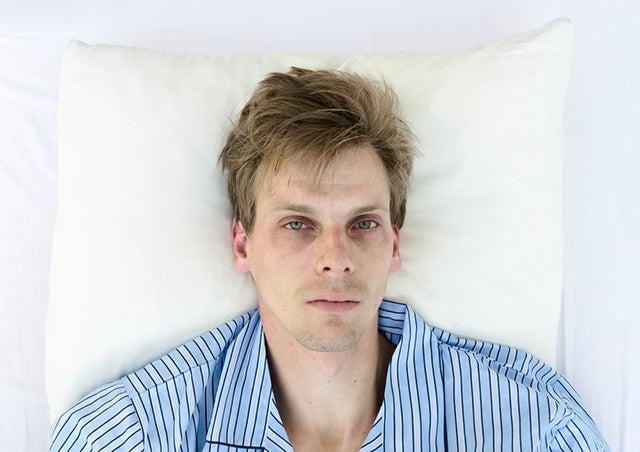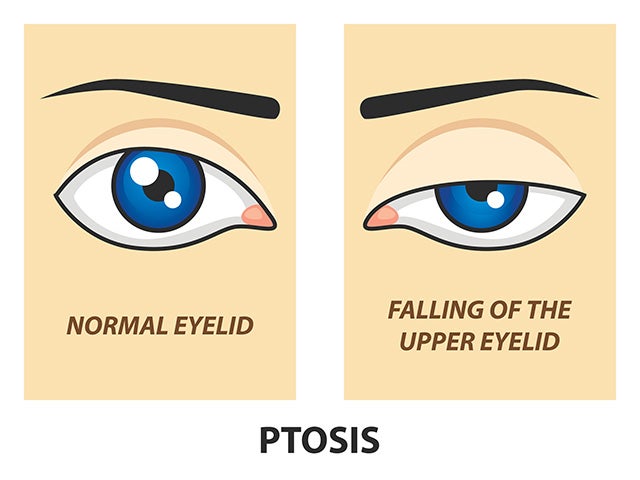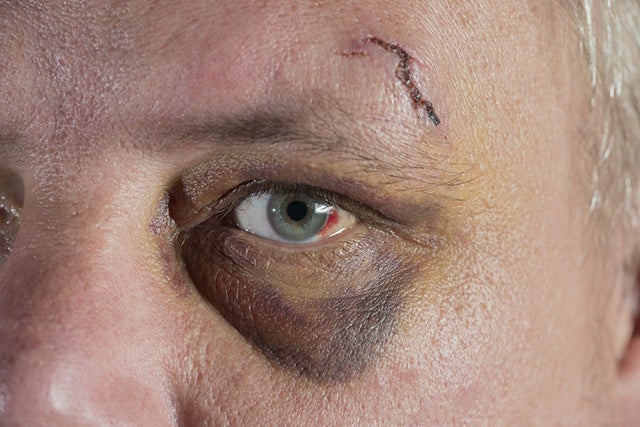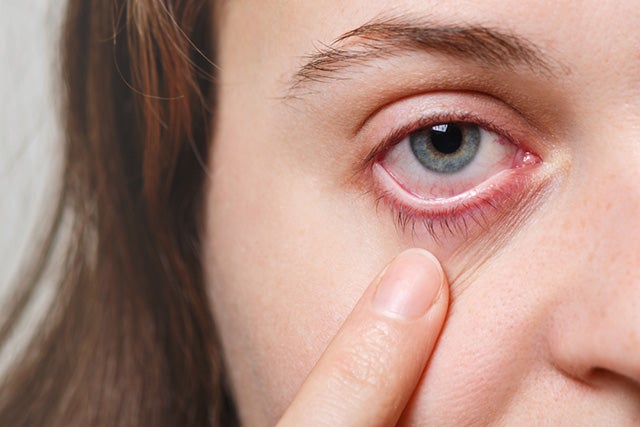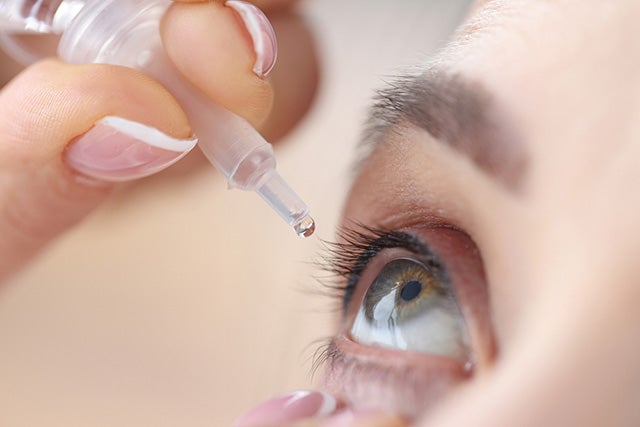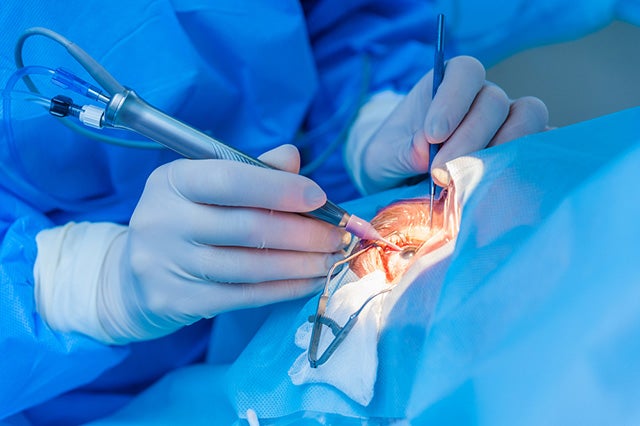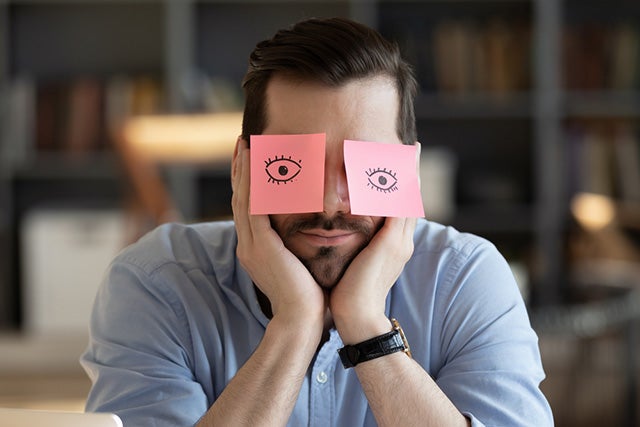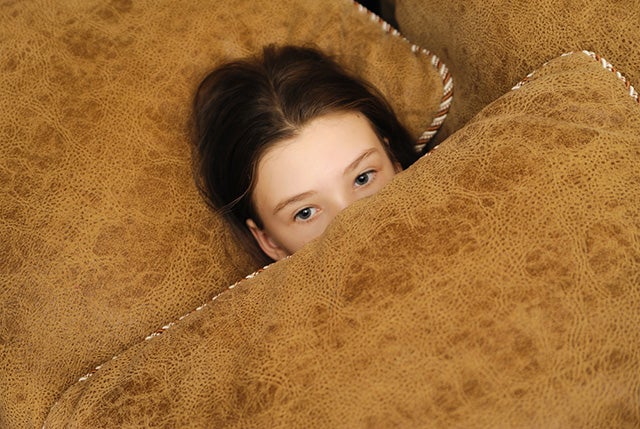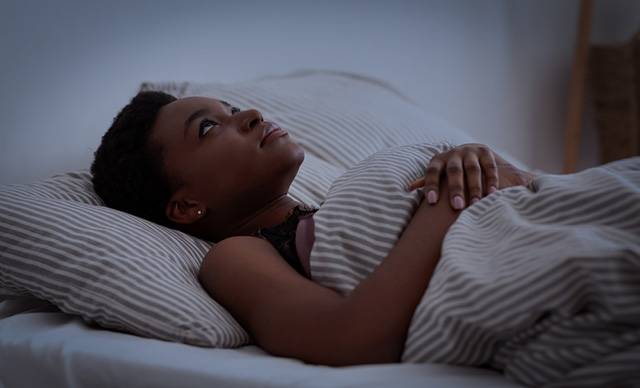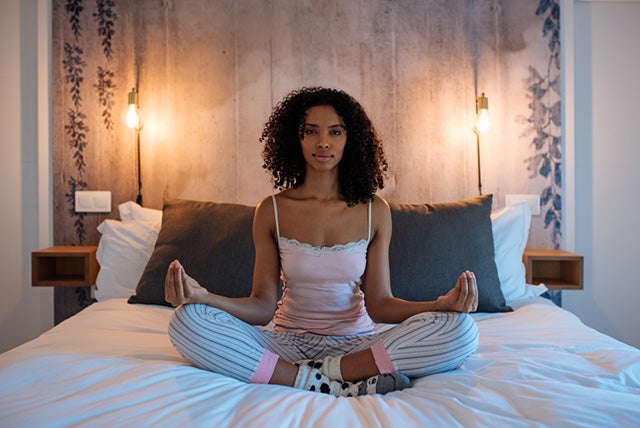Individuals who sleep with their eyes open may awaken with dry, gritty eyes. While some may find this behavior strange, it is extremely typical. However, if you often sleep with your eyes open, you may develop significant eye problems, so let’s learn more about this issue.
Can You Sleep with Your Eyes Open?
You may be startled to learn that some people sleep open-mouthed. And it is more prevalent than you might think. Around 20 percent of people, including infants, do it.
This ailment is referred to as “nocturnal lagophthalmos” by physicians. People that have this can typically close their eyelids partially, but not entirely when sleeping.
Many people do not realize they are sleeping with their eyes open. Although nocturnal lagophthalmos can eventually cause health problems, there are ways to cure it.
Individuals who sleep with their eyes often are likely to end up experiencing discomfort or a burning sensation in the eyes, scratchiness, sensitivities to the light, feeling as though something is in or pressing on the eye or sleep deprivation.
What Makes People Sleep with Eyes Open?
There are a variety of plausible causes for an individual’s inability to sleep with their eyes open. These could include neurological issues, physical anomalies, or other medical concerns.
— Nocturnal lagophthalmos
The majority of persons who are unable to close their eyes at night have a syndrome called nocturnal lagophthalmos. The majority of people with this illness have eyelids that cannot close completely or sufficiently to protect the eye.
— Bell’s Palsy
Bell’s Palsy is a condition in which the nerves that control movement in the person’s neck, forehead, eyelids, and face become temporarily paralyzed or weakened. A person suffering from Bell’s Palsy may be unable to close their eyes when sleeping.
While 80 percent of people with Bell’s Palsy take around six months to recover, it is possible to permanently hurt your eyes without good eye care and injury avoidance.
— Ptosis surgery
Certain individuals have drooping upper eyelids. Ptosis is a disorder that occurs when the muscle responsible for lifting the eyelid weakens or is injured.
While surgery can help address this issue, a common surgical complication may prevent the eyelid from entirely closing. As a result, you may find yourself sleeping with your eyes slightly open.
— Injury/trauma
Eye injury or facial trauma, or damage to the nerves that govern eyelid movement, may impair your ability to close your eyelids. Cosmetic surgery-related injuries can also cause injury to the nerves that govern eyelid movement.
Will This Prevent You from Resting?
This condition will not prevent you from sleeping on its own. However, the adverse effects of nocturnal lagophthalmos, including dryness and eye irritation, may cause you to be more restless during the night.
If you believe you may be sleeping with your eyes open, have a friend or family member examine your eyes during the night. Additionally, keep a watch out for frequent nocturnal lagophthalmos symptoms such as blurred vision, dry eyes, and sensitivity to light. Furthermore, you may get inflamed eyes or the sensation that something is caught in your eye.
Consult your eye doctor if you notice these symptoms or if someone tells you that you have your eyelids open while sleeping. During an eye exam, they will be able to determine if your eyes are completely closed.
Can You Treat Nocturnal Lagophthalmos?
If you have this condition, your doctor may prescribe ointments or eye drops to keep your eyes moist. Additionally, your doctor may prescribe a little eyelid weight for the upper portion of your eye.
When you sleep, it gently pulls your eyelid down to allow your eye to close fully. You may need to apply medical tape to close your eyes while sleeping. Surgery is also a possibility if none of the other procedures appear to be effective. Your doctor may place a weighted implant in your eyelids to assist your eyes in closing properly.
As discussed previously, sleeping with your eyes open may have a variety of adverse effects, including eye dryness and discomfort. If you already have a dry-eyes problem, sleeping in this position may aggravate your problem; therefore, it is recommended to avoid it.
How to Sleep with Your Eyes Open
While conditions that prevent you from fully closing your eyelids are often treatable and should be taken seriously, let’s talk about how you can train yourself to sleep with your eyes open (at least until the problem is fixed).
Relax
Even with your eyes open, you have to allow all other muscles in your body to relax. The overall objective is to purify your thoughts. Allow yourself to fantasize about something enjoyable first, such as an upcoming or previous vacation. Then, gradually stop thinking about anything, and you may ultimately fall asleep without anyone noticing.
Focus
Concentrate your focus on a single point in the room or, if you’re outside, in the distance. Assure that the place remains still so that you can concentrate your gaze. Avoid choosing something too bright, as this may impair your ability to concentrate.
Breathe
Concentrate on your breath. Inhale and exhale deeply and slowly through your nose. You need a minimum of one-second intervals to achieve the full effect.
Meditate
While it is more common to meditate with closed eyes, meditating with open eyes may gradually teach you how to fall asleep in these conditions. Begin in a dimly lit, quiet environment. Sit in a chair or on the floor in a comfortable position. Avoid lying down.
Concentrate on two objects concurrently. Following that, concentrate on taking deep, even breaths.
You might want to check: How to Sleep with Your Eyes Open?
Conclusion
Individuals who sleep with their eyes open rarely face serious difficulties or eye injury. However, if you don’t treat this condition in due time, the risk of major eye injury increases, which may result in vision loss. And for more helpful tips, check out our guide to the best weighted blankets.
Photo credit: Peemakron Yodjaidee/Shutterstock; Ann in the uk/Shutterstock;
Twin Design/Shutterstock; Only One Line/Shutterstock;
Bertold Werkmann/Shutterstock; StoryTime Studio/Shutterstock;
megaflopp/Shutterstock; flywish/Shutterstock;
mik ulyannikov/Shutterstock; Prostock-studio/Shutterstock;
David Prado Perucha/Shutterstock; Ekateryna Zubal/Shutterstock
